Lindsey Bell Co-Features Editor An editorial by Lindsey Bell Last week, the students that will be travelling to Rwanda over the summer began selling t-shirts outside the cafeteria as part of their fundraising efforts. Each shirt is twenty dollars, or you can buy two shirts for thirty dollars, an eight-dollar discount. The shirts are American Apparel and come in a variety of colors, including light blue, dark blue, forest green, white, pink, and grey. Despite the fact that the shirts are for a good cause, less than half have been sold—but why? Between sandwiches at Potash, iced drinks at Starbucks, and a cab home after practice, it is not unlikely for any member of the Latin community, teacher or student, to spend twenty dollars in a week. So why not cut the morning cup of coffee and put our money towards something that’s bigger than us? Students say that it isn’t necessarily the twenty dollars, but rather that it’s “too expensive for the way it looks,” taking into account the style of the shirt. It is important, however, that we look beyond the physical shirt, because at the end of the day, it isn’t about the shirt—it’s about the donation. Not caring for another never-to-be-worn t-shirt, many teachers have taken this approach. Others still maintain that twenty dollars “is just too much.” If you plan accordingly, it doesn’t have to be. I challenge you to choose one thing that you can go without for one week. Put aside the petty attitude and ask yourself, which is more consequential: your Chai Tea Latte or an opportunity of a lifetime for a child with HIV? One student suggested that it was a problem of “poor advertising…no one knows anything about this Rwanda thing. I don’t even know what they’re doing there.” For the second year in a row, a group of Latin students is journeying to Rwanda to run a camp for HIV-infected children whose mothers were raped during the genocide in 1994. Unlike many other fundraisers, the money will be used directly to run the camp. If the group does not raise their targeted number of 15,000 dollars, the camp will not run. As this will be her second time on the trip, junior Katherine Pollock knows the impact the camp has on the lives of these children. “If the camp does not run, then the children who are attending will lose the one chance they have all year to actually be free, laugh, sing, dance, play. They will lose the opportunity to not feel like a kid with HIV, but rather just like a kid…these children are truly some of the most deserving, and this project one of the most worthwhile.” Although the shirts are no longer being sold outside of the cafeteria, the opportunity remains to make the purchase, or at least contribute a donation. If you are interested, you can either visit Ms. Dorer’s office on the second floor, or ask anyone on the trip—they will be happy to get you whatever size and color you want.]]>
Categories:
How Much Does the Opportunity of a Lifetime Cost?
April 17, 2011
3
0




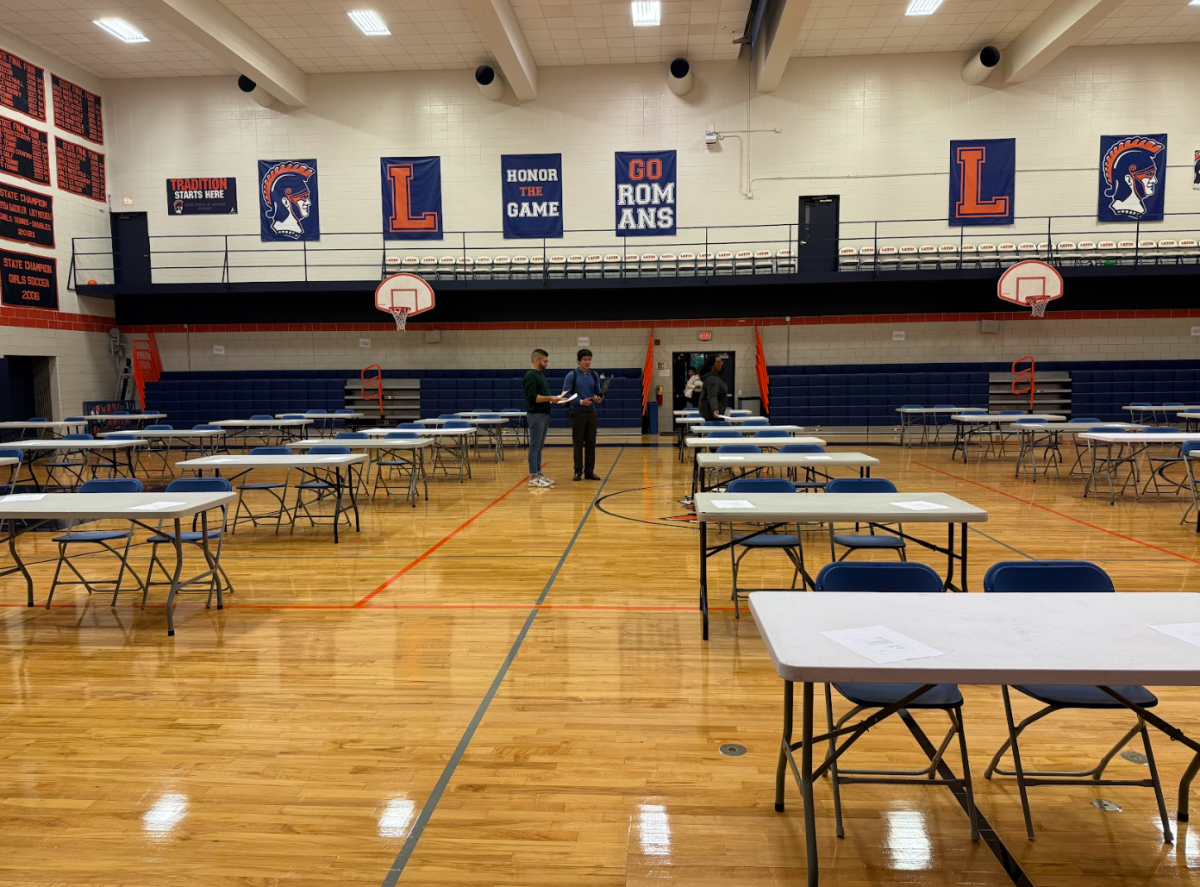
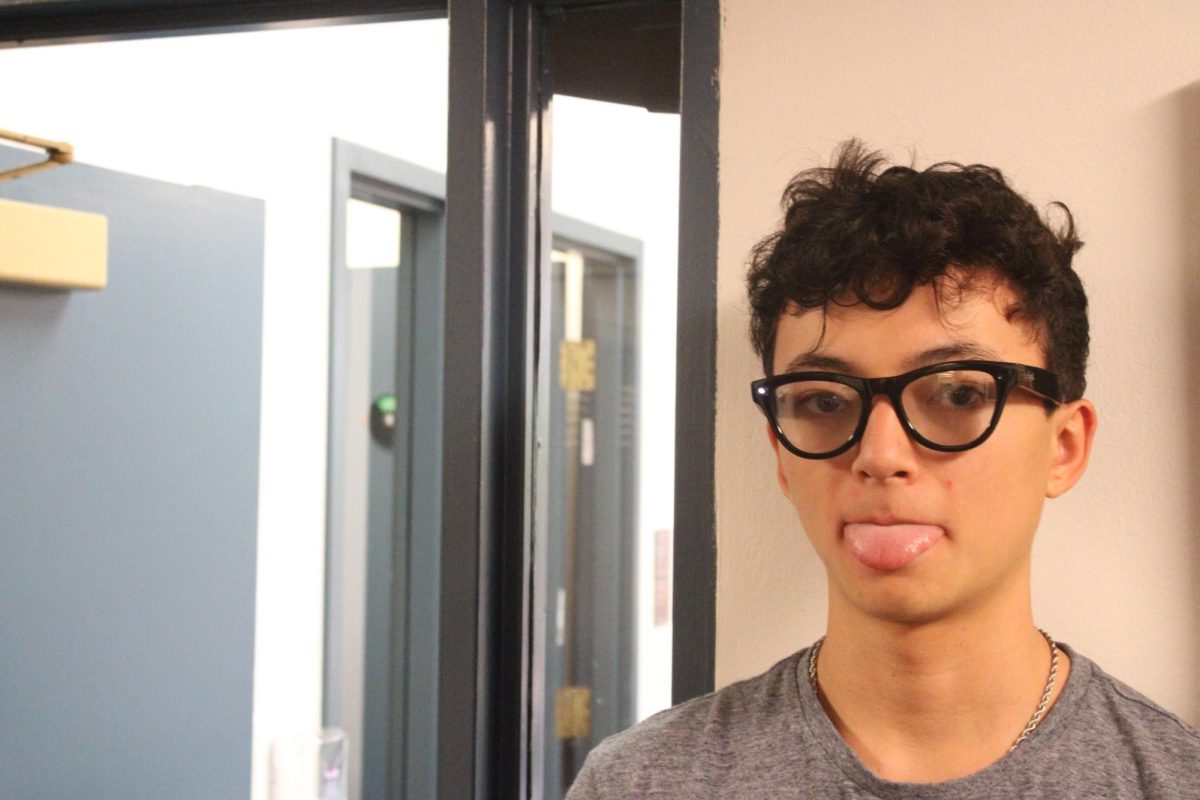

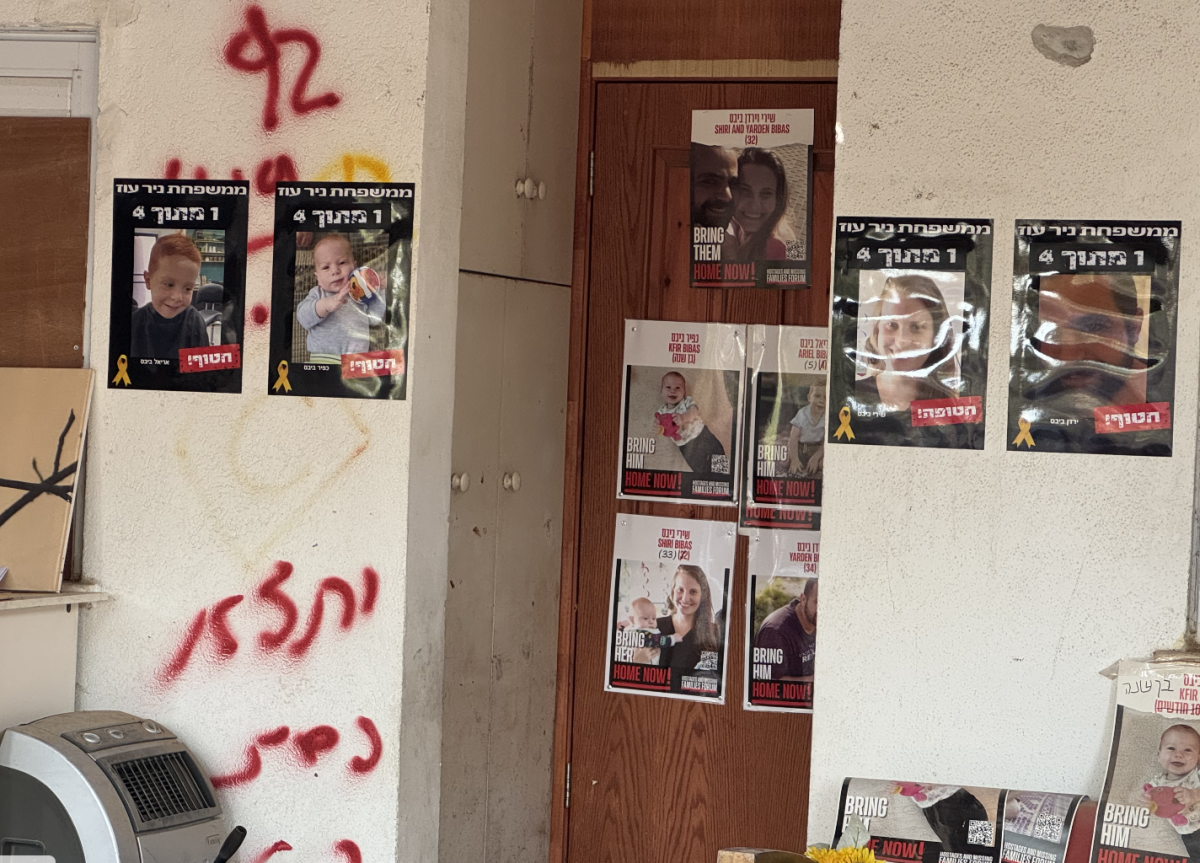
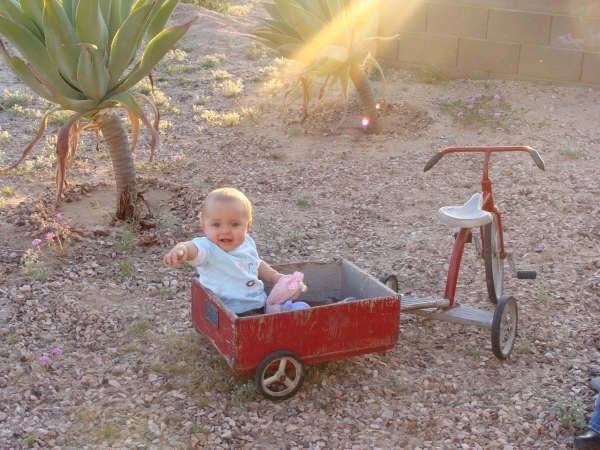


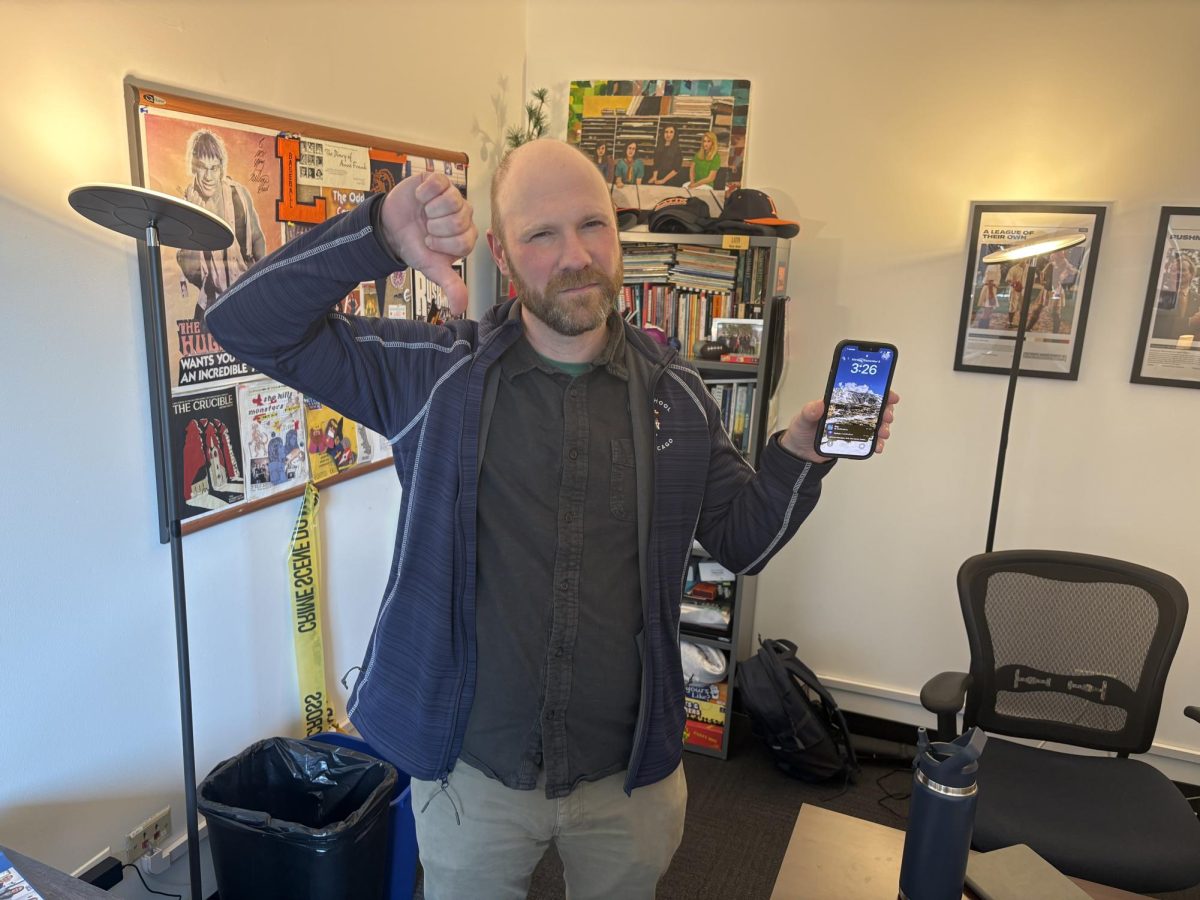





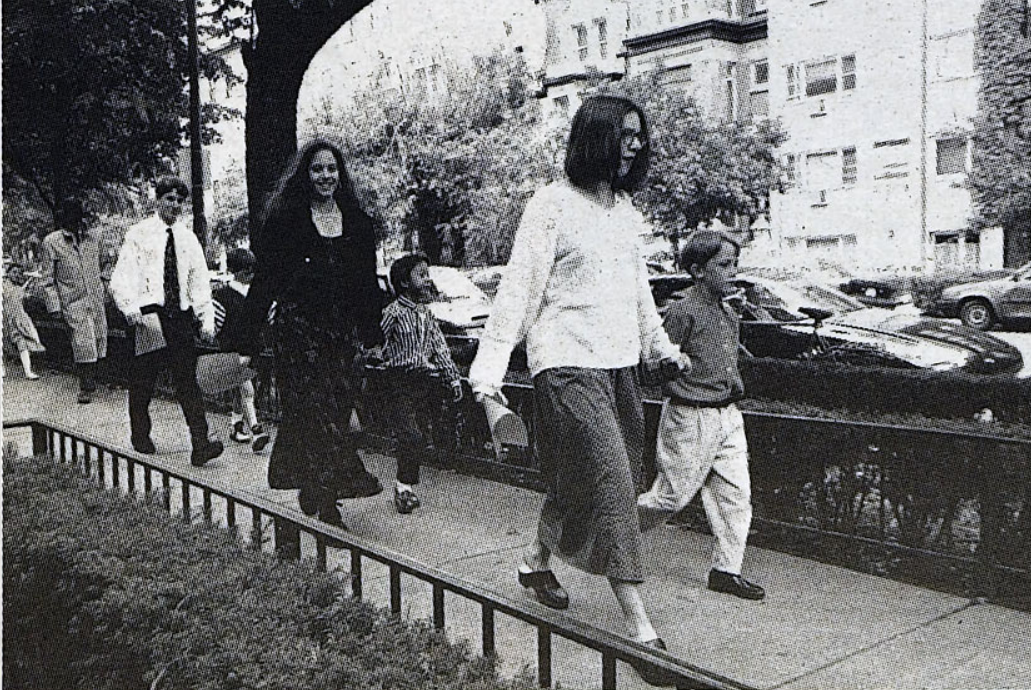











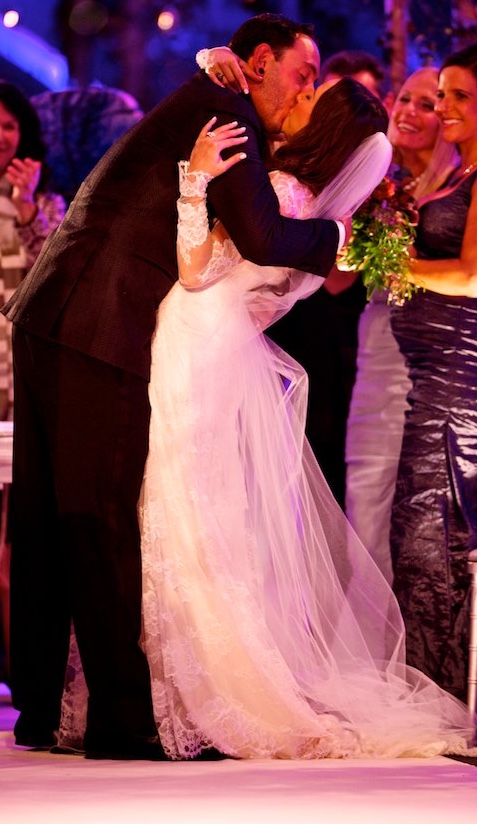







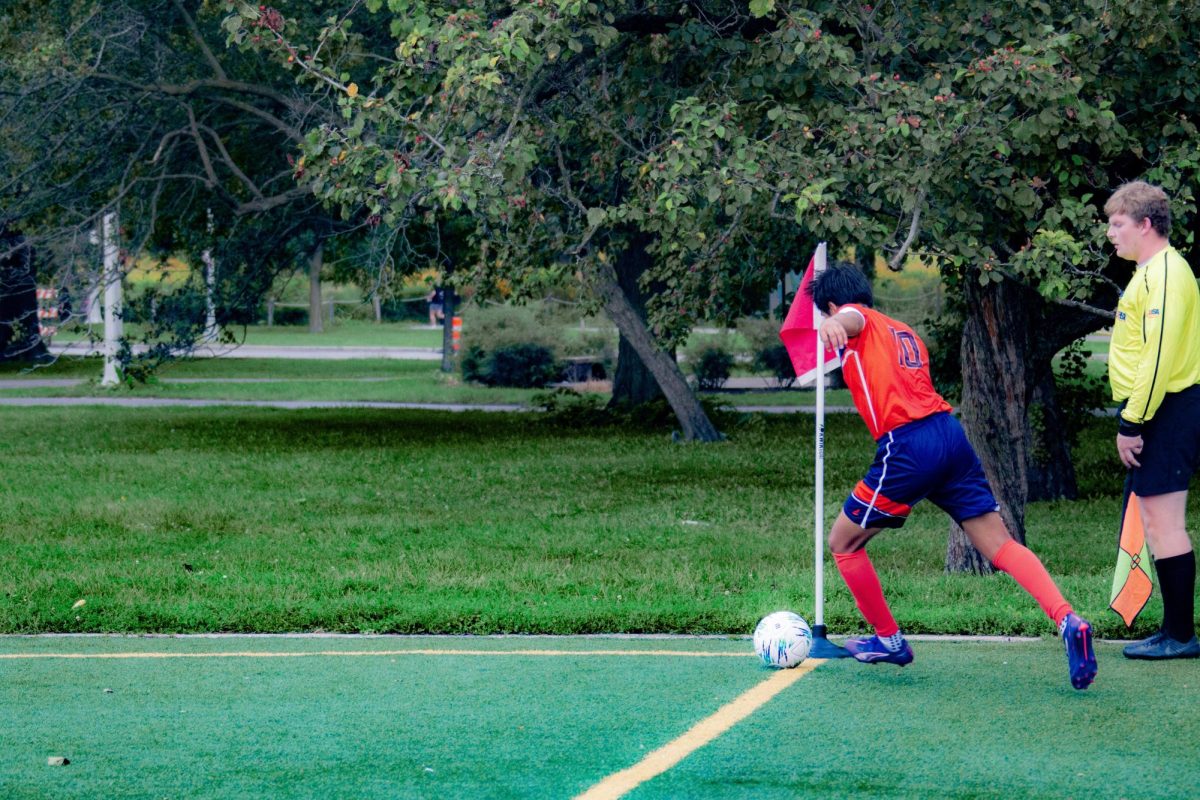






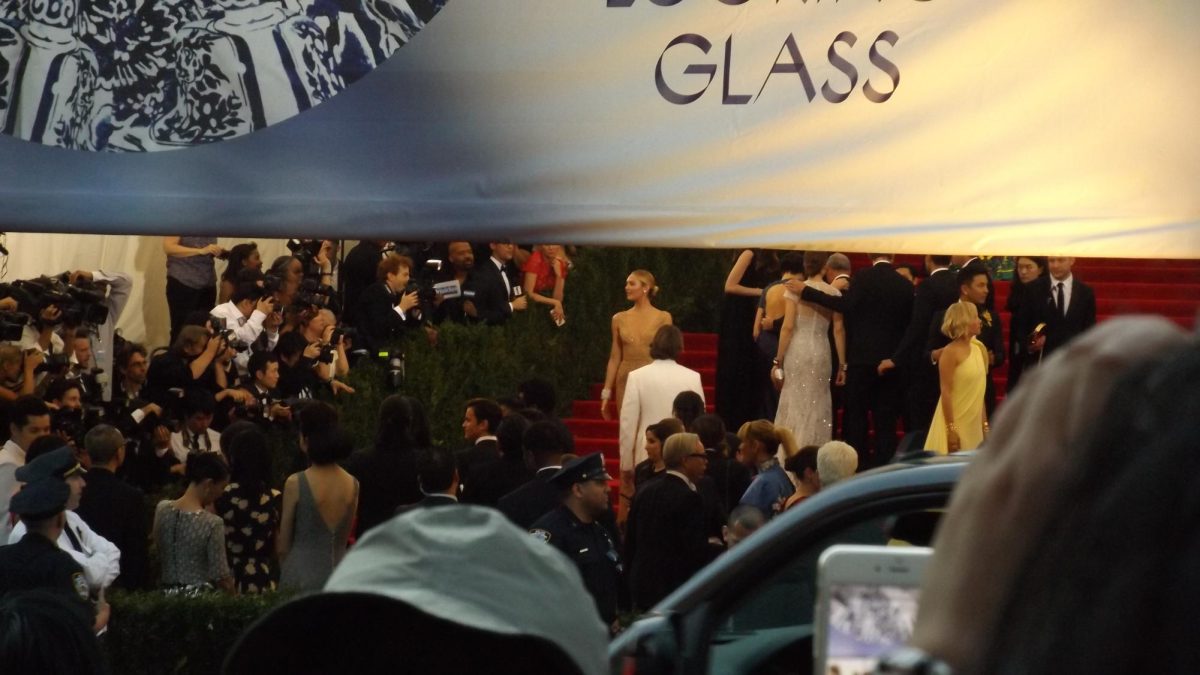



ctadin • Apr 27, 2011 at 8:53 am
go girl!
jbucciero11 • Apr 18, 2011 at 10:38 am
This is indeed an unfortunate situation. But it’s not the fault of the students. I agree with the person who mentioned poor advertising; although the Rwanda group has made presentations in the past, I don’t think the student body at large knows exactly why they should be buying T-shirts. The biggest issue, though, is that twenty dollars is too much–and a T-shirt that most people don’t necessarily want to wear doesn’t justify the twenty dollar donation. If students could donate, say, one dollar or five or ten, many more would be apt to donate.
tkovacs • Apr 17, 2011 at 11:26 pm
They will be sold tomorrow (Monday) B and C block outside the cafeteria!!!